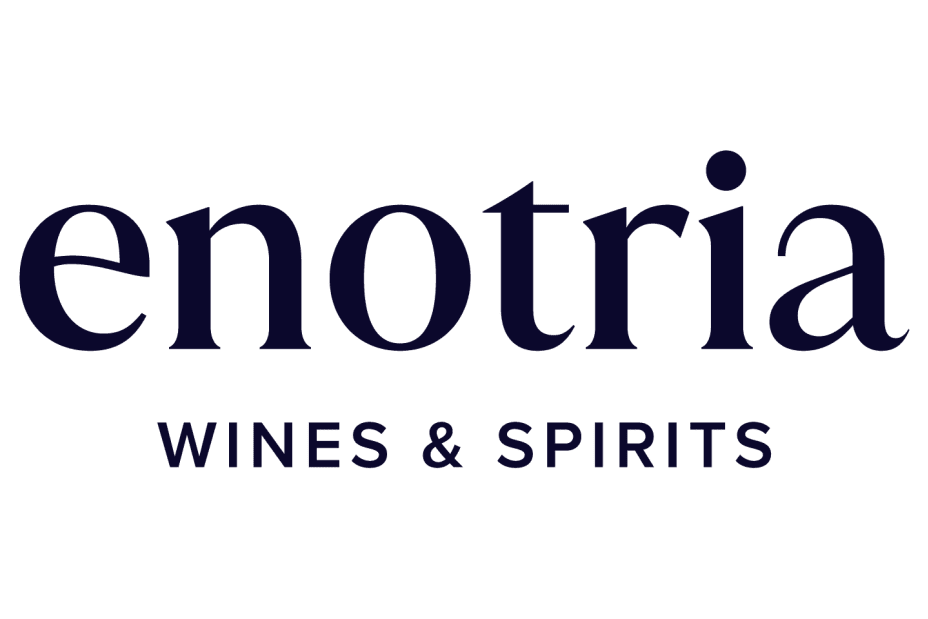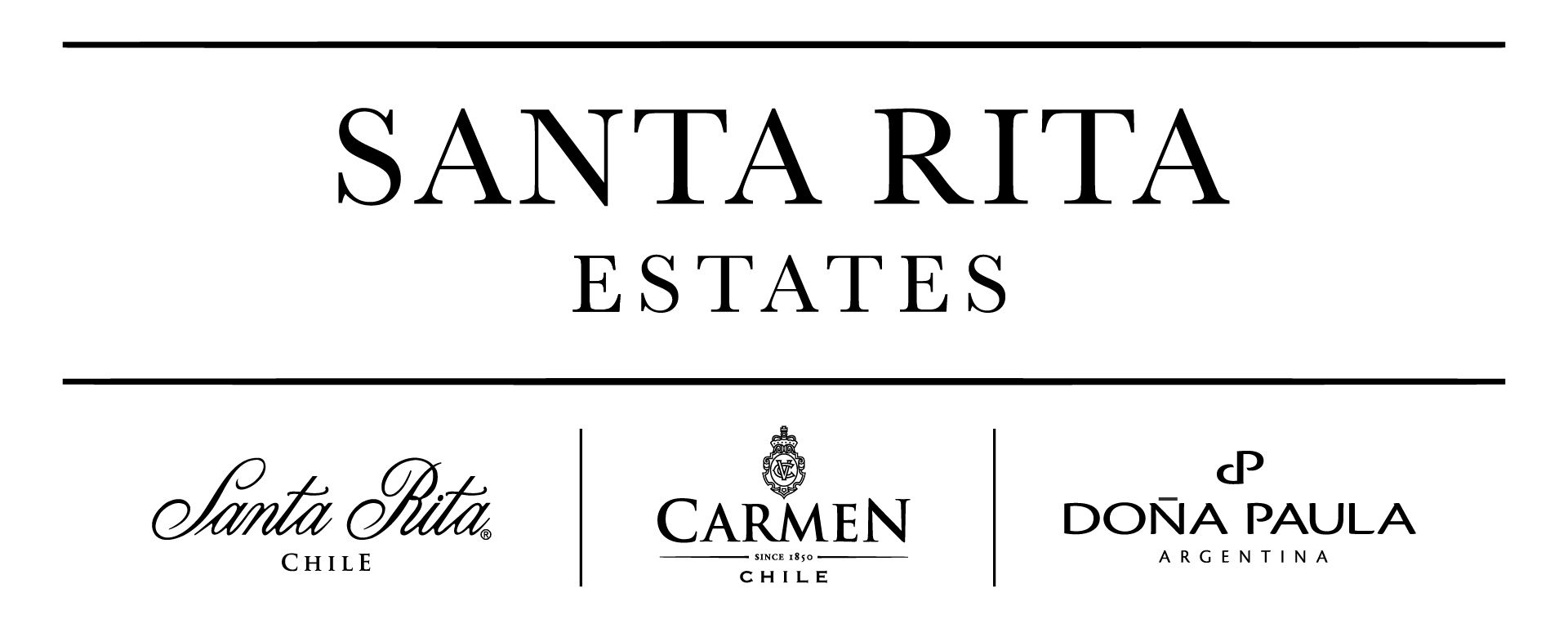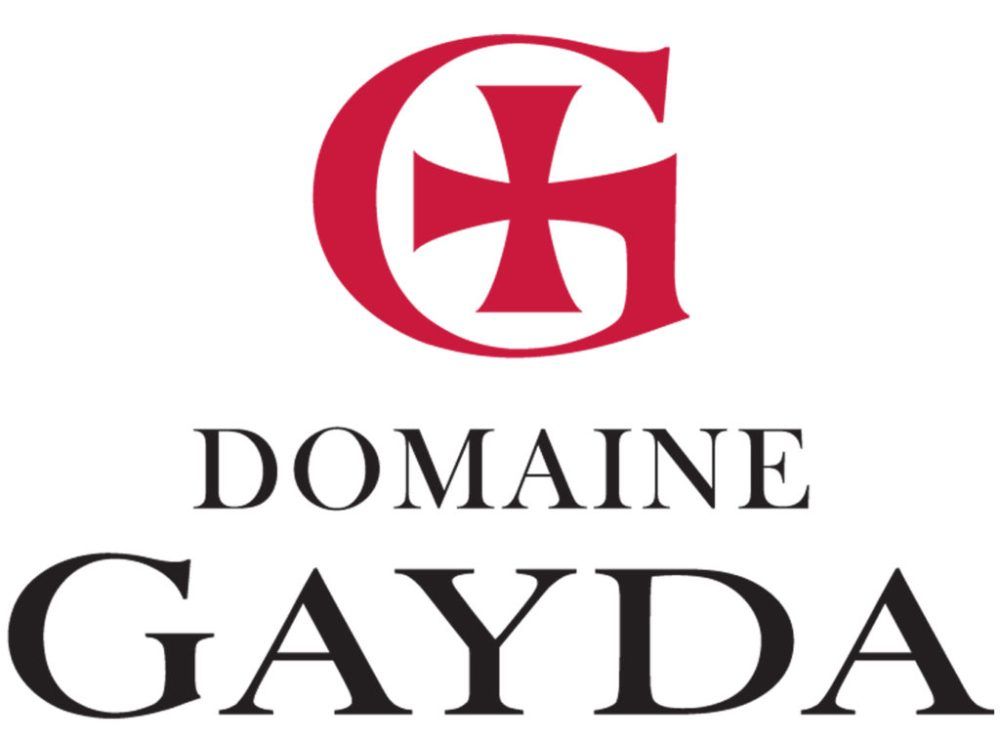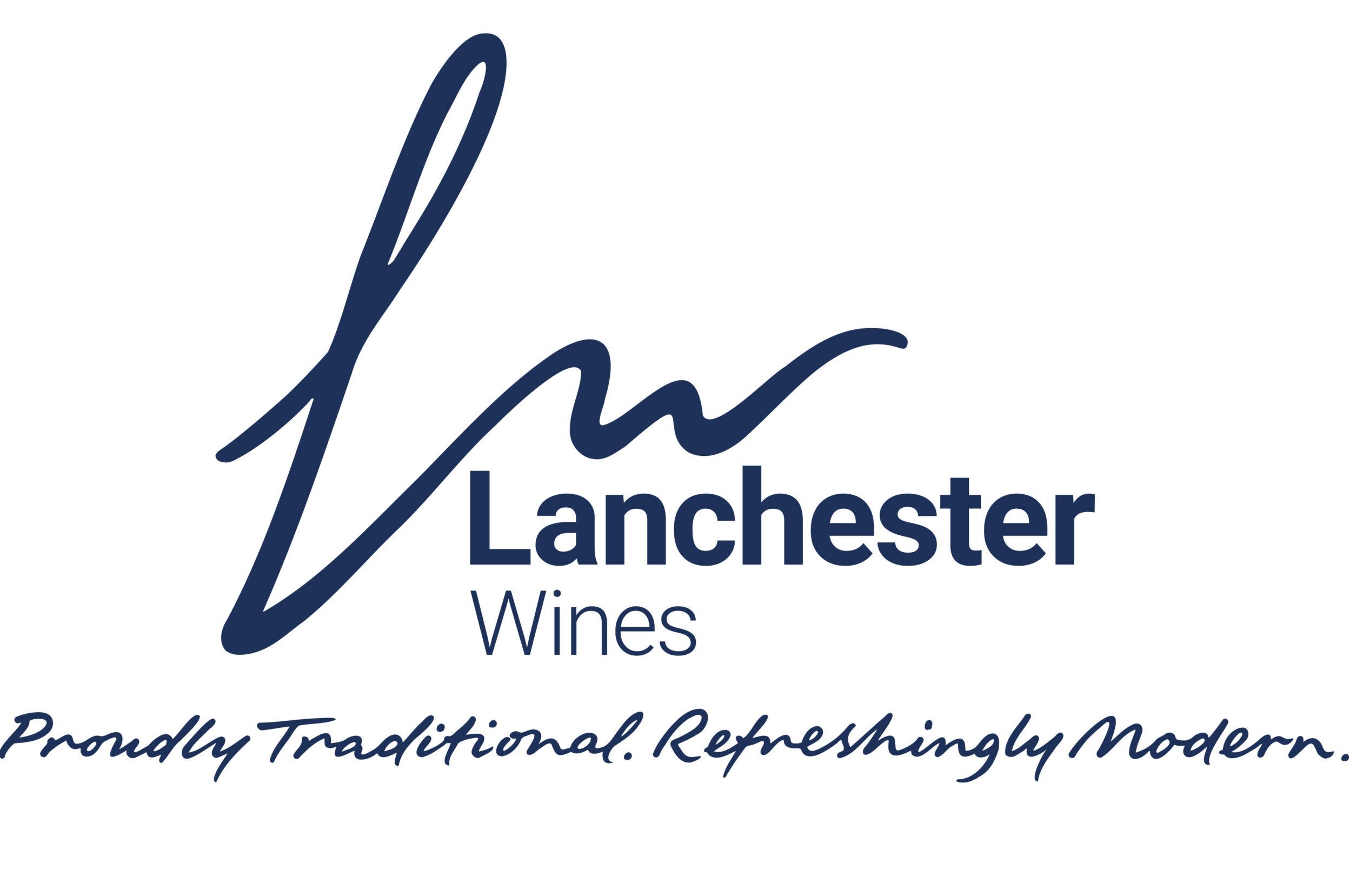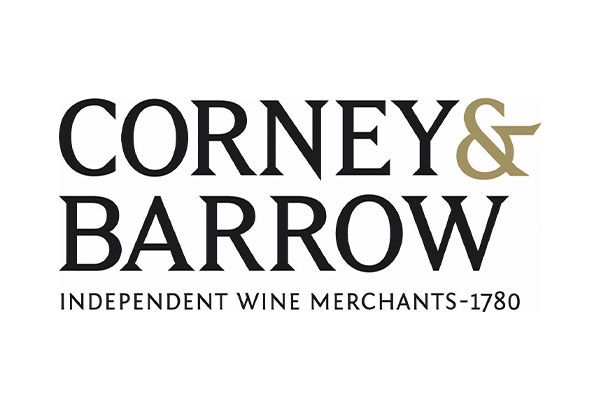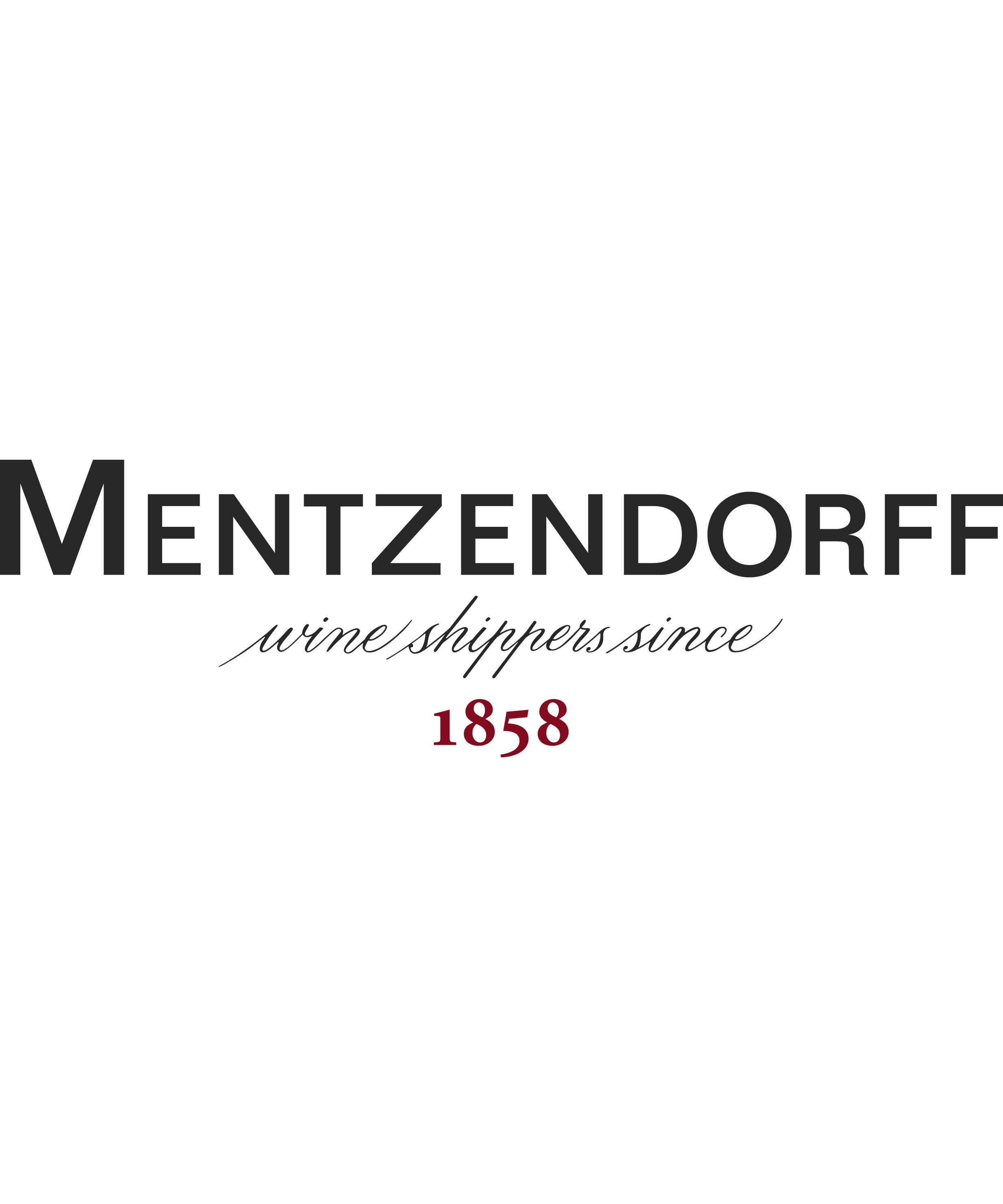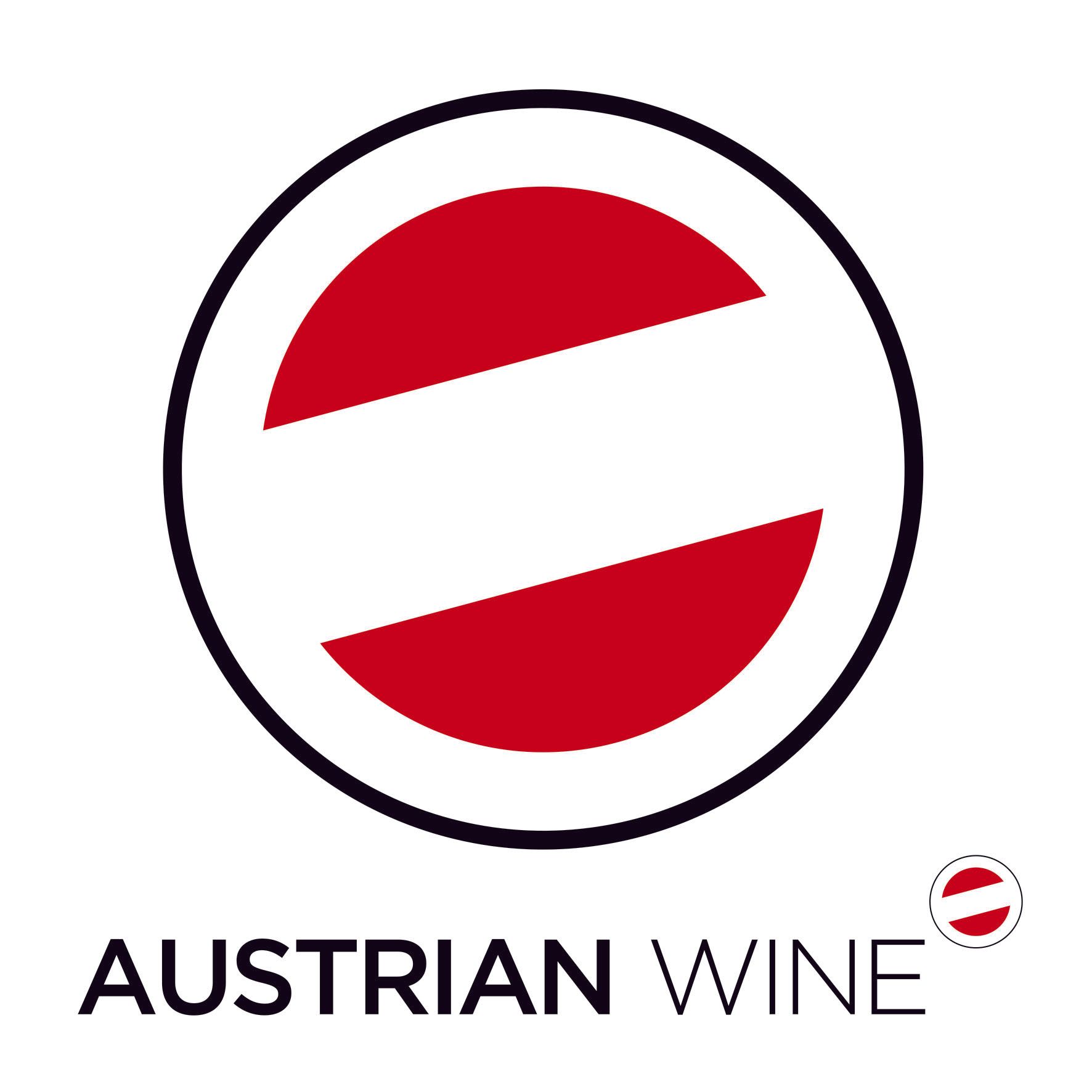When combined correctly and with expertise, the finest ingredients can make the simplest dish taste like a Michelin-starred meal. In fact, the use of regional, high-quality ingredients is the ethos behind many of the world’s greatest restaurants. And lunch with Nadine Fau, managing director of Château Galoupet, and Mathieu Meyer, the estate director, certainly proved that the same principle stands true in winemaking.

Mathieu Meyer, Château Galoupet estate director
One of the estate’s standout practices is its single-plot vinification. Each grape variety, from each vineyard plot, is fermented separately before the blending of the finished cuvée takes place. During lunch, we had the pleasure of tasting these individual expressions – each one a component of the final wines, both G by Galoupet and its Cru Classé rosé (but more on those in a moment).
Piecing together the Galoupet jigsaw
Château Galoupet has appeared on the map of Provence since the early 18th century. Over the years, it changed hands several times, until Moët Hennessy strategically acquired the nearly ruined estate in mid-2019, with a clear objective: to make it the flagship property for sustainability. Through trials and innovation, the group is working to create the finest rosé blends each year, proudly expressing the unique terroir, which earned Cru Classé status in the 1950s.

The tasting began with a sample of each of these ‘plot wines’:
Grenache – Subtle cherry, fresh strawberry, and crisp red apple (not sweet). Fantastic acidity, with refreshing lemon notes.
Tibouren – Strawberry, peach, sour cherry and raspberry. Exceptionally high acidity with a beautiful white pepper finish. Rare in Provence due to its difficulty to grow, Nadine described it as the “missing ingredient” in a dish you didn’t know needed it. One of the estate’s oldest vines.
Syrah/Rolle (stainless steel) – Much more pronounced fruit: cherry, nectarine, pineapple, red berries. The palate is structured, less acidic, but with more body. Syrah provides the acidity; Rolle adds the aromatics. As red and white grapes cannot be blended post-fermentation outside Champagne, these two meet beforehand.
Syrah/Rolle (100% barrel-fermented) – Stunning colour, with creamy vanilla, milk chocolate, and subtle tropical fruit notes like papaya. Oak-forward, rounded texture, and a spicy finish. Aged for approximately five months.
Filtrat – A filtered wine to remove particles. Aromatic, with notes of cherry, strawberry, and redcurrant. Smooth, clean finish
The singular wines then make up the final assemblage

G de Galoupet 2024
Blend: Grenache 60%, Rolle 10%, Syrah 10%, Cinsault 15%, Tibouren 15%
The palate evolves through the components – starting with Filtrat, moving to Tibouren, Syrah/Rolle, and finally Grenache. Coconut, strawberry, peach, and a hint of sweet red apple, finishing with lovely peachy notes.
The bottle is also made from 85% recycled glass – lighter in weight, but you’ll only notice the difference once the wine is gone.
Cru Classé 2024
Blend: Grenache 45%, Tibouren 17%, Rolle 18%, Syrah 20% (44% barrel-fermented)
Tasting Notes: Creamy vanilla, peach, mango, white peach, and spicy white pepper. Bright acidity with lovely minerality and a bit of chalkiness adding depth and texture. Hints of lemon, zest, green apple, and subtle oak integration. This chalkiness is exactly why this is my favourite – it’s a gastronomic rosé that can stand up to richer dishes.
Wine and food pairing at Jikoni

The wines were paired beautifully with a creative menu from Jikoni, London’s first independent carbon-neutral restaurant, known for its Indo-African influences. It was a delight to explore how the Galoupet range performed alongside the innovative dishes.
Cru Classé 2022 Magnum stole the show, paired with Toast Scotch Egg with Banana Ketchup & Pickled Cucumber, and Nettle, Chard & Ricotta Empanada – aromatic, rich, and balanced.
G by Galoupet shone alongside a salad of pomelo, purple sprouting broccoli, peanuts, and toasted coconut. Its freshness matched the dish perfectly. It also worked surprisingly well with the Cornish Ray Wing and Estate Dairy paneer gnudi with spinach and wild garlic saag – a tricky pairing due to garlic, but G held its ground.

Stealing the show...
Sustainability at the core
As Moët Hennessy’s lighthouse for sustainability, Château Galoupet embraces circular economies across every aspect of its production. The estate’s soil – quartz phyllite, shale sandstone, and gravelly colluvium – boasts high pH levels, providing a natural advantage to the wines. Further enhanced through cover cropping, the land also serves as a haven for endangered birds and bees (the estate honey is as delightful as the wine).
Regenerative viticulture means collaboration. Galoupet encourages local cooperation among environmentally conscious vineyards – whether that’s sharing tractors or pooling resources.
Factor in the Mediterranean climate, mistral winds, and the warming influence of the nearby sea, and you begin to understand what makes this one of the most elegant, sustainable, and expressive rosés in Provence.


